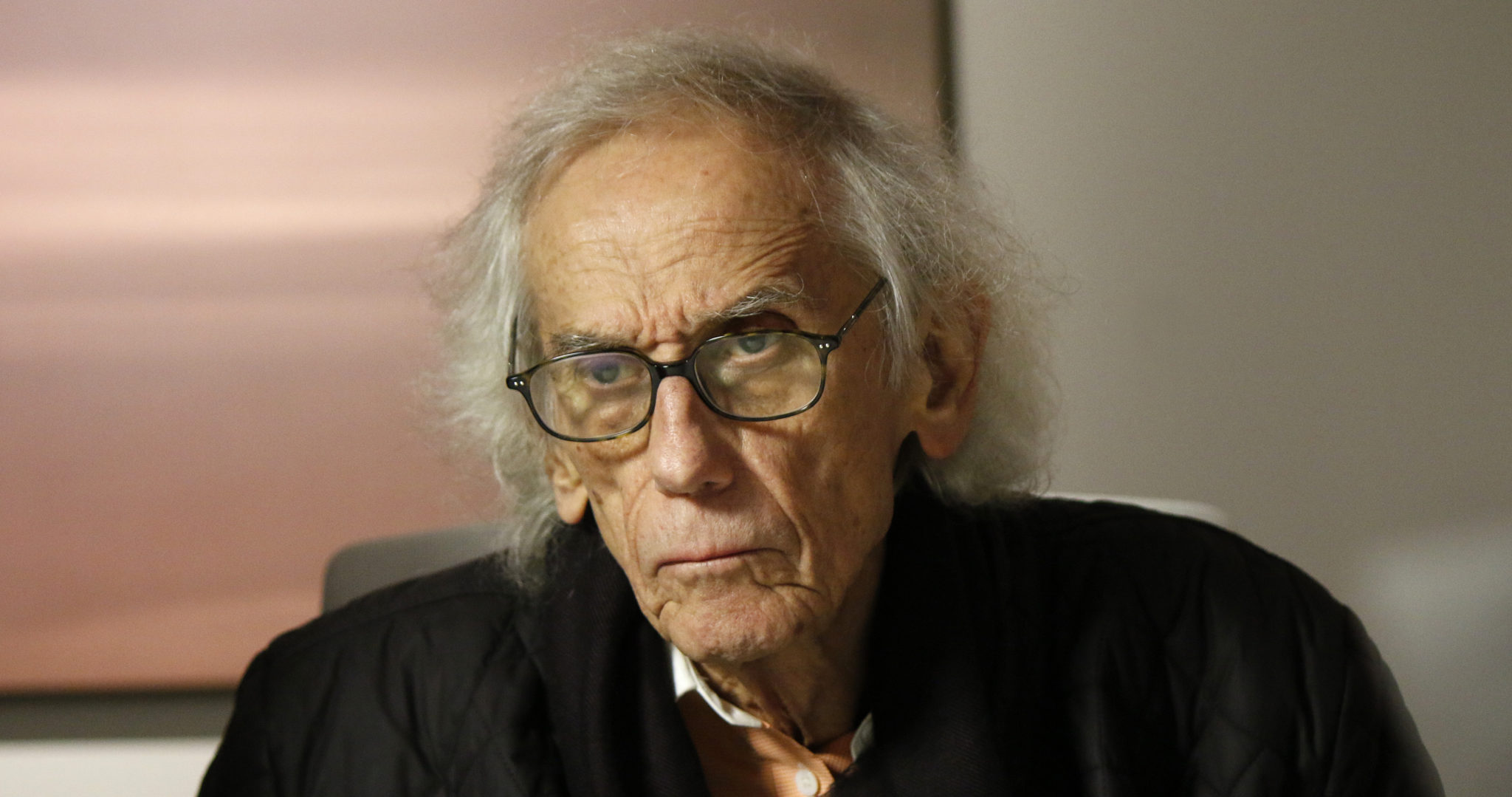When the acclaimed artist Christo died May 31 at the age of 84, it stirred many memories for a couple of retired Colorado State University faculty who worked closely with the artist and his late wife, Jeanne-Claude.
In fact, Christo and Jeanne-Claude, known for their large-scale public art installations, were affiliate faculty in CSU’s Department of Art and Art History in the early 1980s.
“They were passionate about art,” recalls former department head Peter Jacobs. “They were passionate about life.”
Jacobs and a fellow professor emeritus of art and art history, Dave Yust, recently shared recollections of their experiences with the artists over the course of four decades.
Click to enlarge:
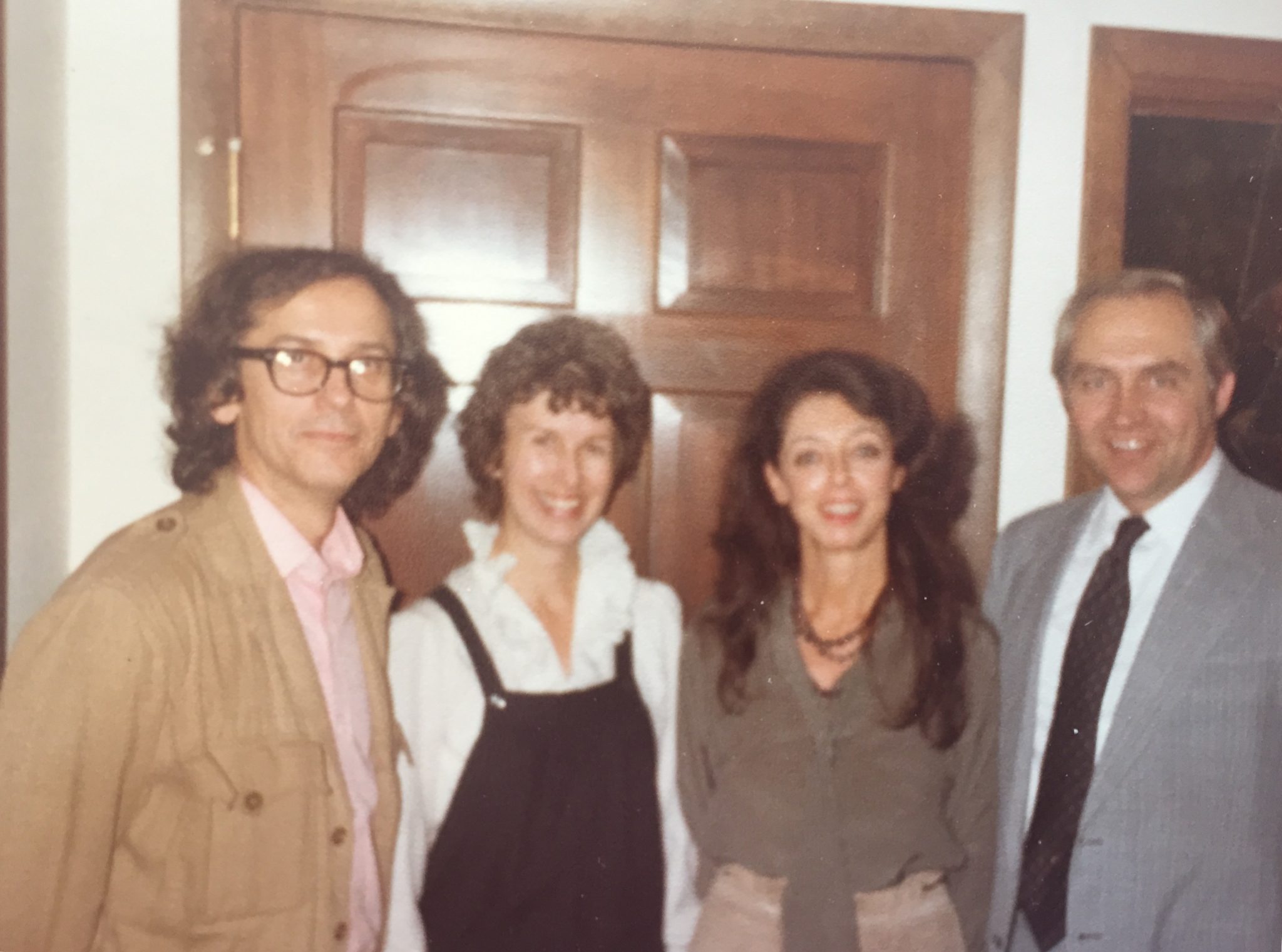
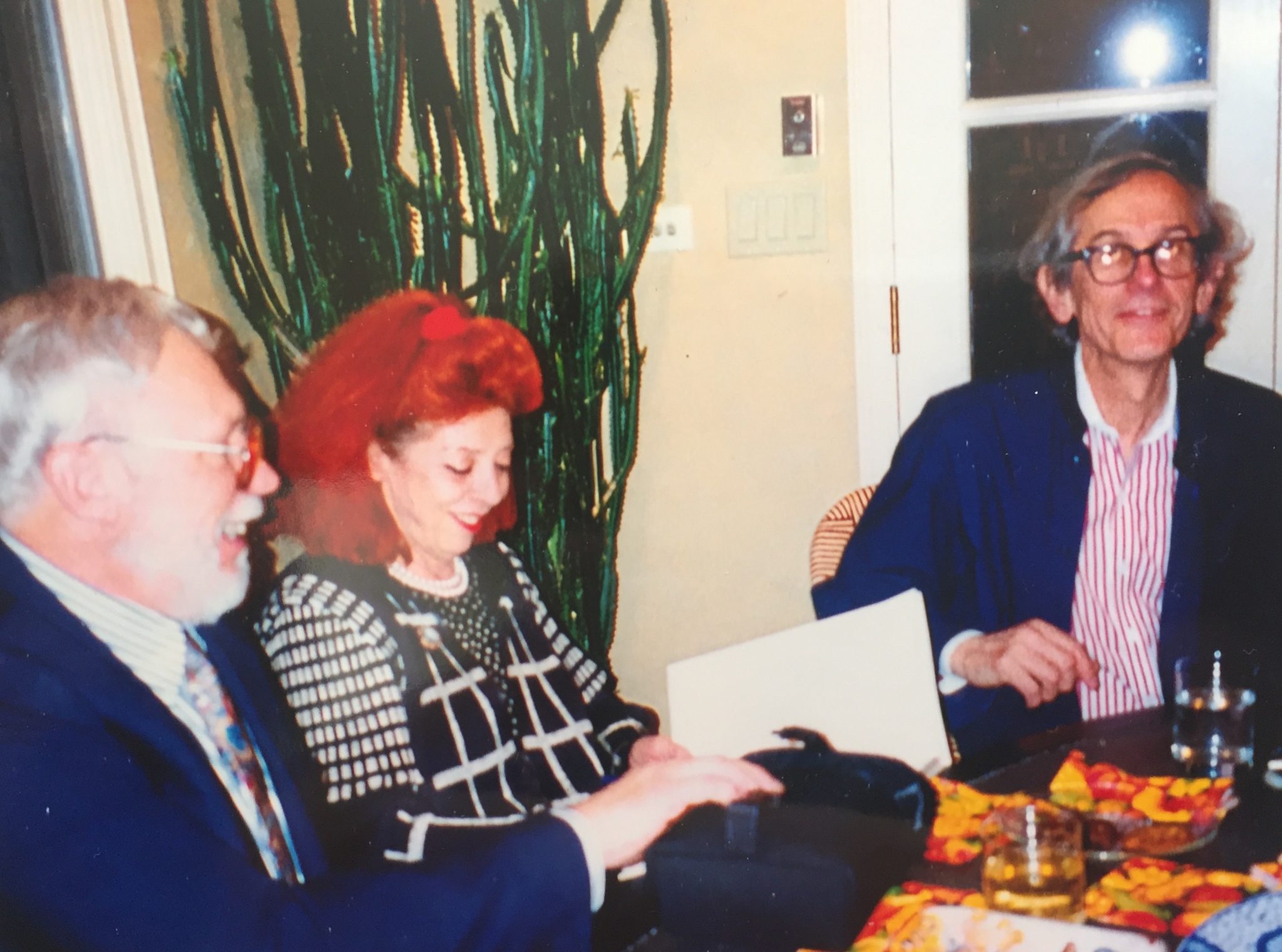
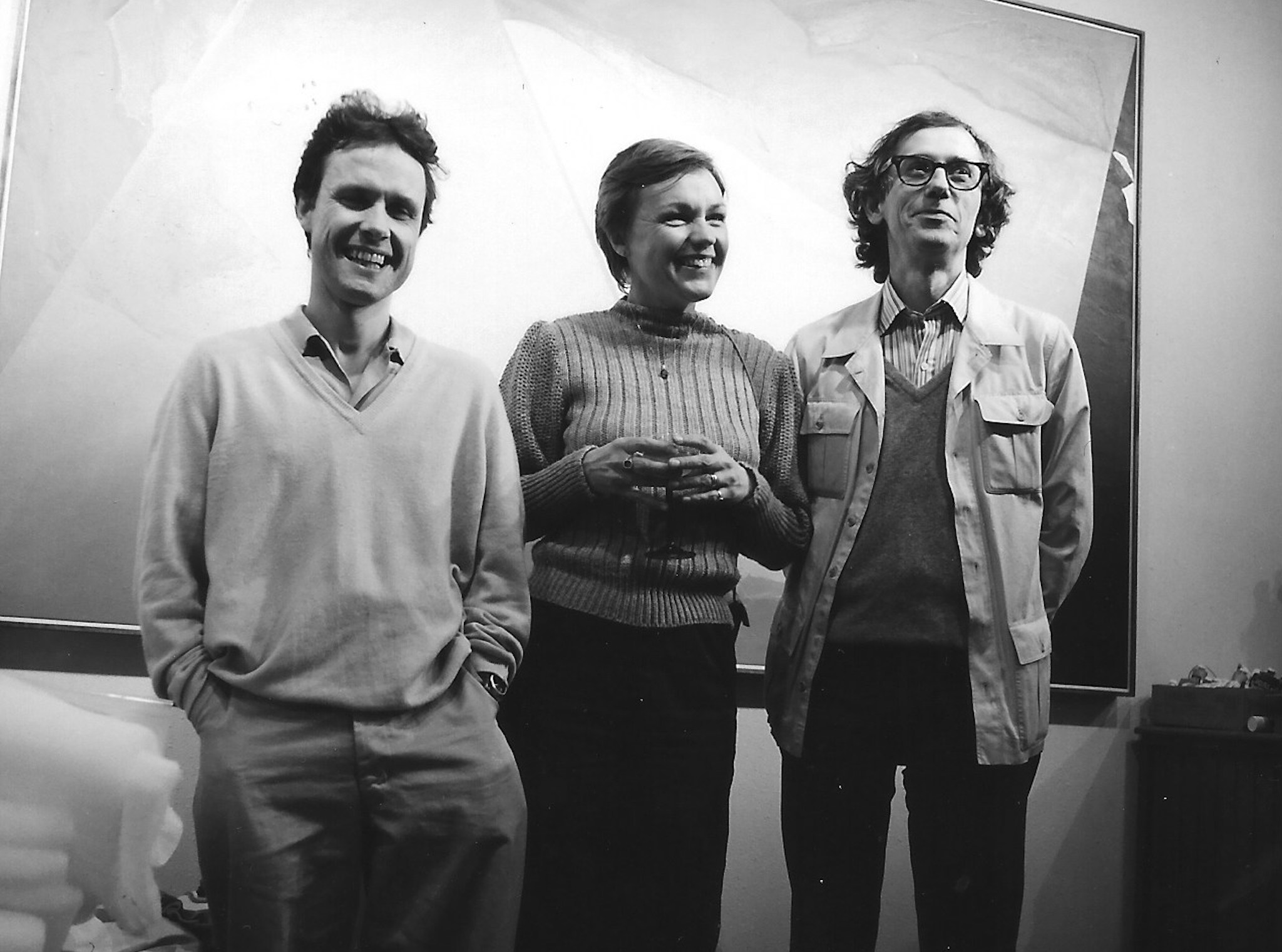
Paint and a dinner
Yust’s first introduction to the couple came in the early 1980s, when Christo and Jeanne-Claude had an exhibition at CSU, a retrospective of their “Valley Curtain” briefly installed between two mountain slopes near Rifle, Colorado, in 1972. Yust mixed a paint color for the exhibition’s display boxes to match the shade of the carpet in the Clara Hatton Gallery. He was then invited to attend a dinner party with the couple at Nico’s Catacombs in Fort Collins (now the Sonny Lubick Steakhouse), where he was struck by how closely the artists’ inner circle guarded some secret research they were doing.
“Something was in the wind, and I was determined to find out what it was,” Yust says. “But there was so much respect for Christo and Jeanne-Claude. You could have given these people truth serum and they wouldn’t have talked.”
Years later, he discovered that the group was conducting research in Colorado for the 1991 installation “The Umbrellas” in California and Japan.
Jacobs said CSU’s connection to the artists resulted from a former department chair’s relationship with art collectors John and Kimiko Powers, who also facilitated the 1981 exhibition and visit by Andy Warhol and other internationally known pop artists. It was all part of the Special Exhibition and Visiting Artists program partially funded by former CSU President Ralph Christofferson in the 1980s.
“We really considered Christo and Jeanne-Claude friends,” Jacobs says. “They’d been to our home and had visited the campus several times. They had a good relationship with the University and an active interest in CSU.”
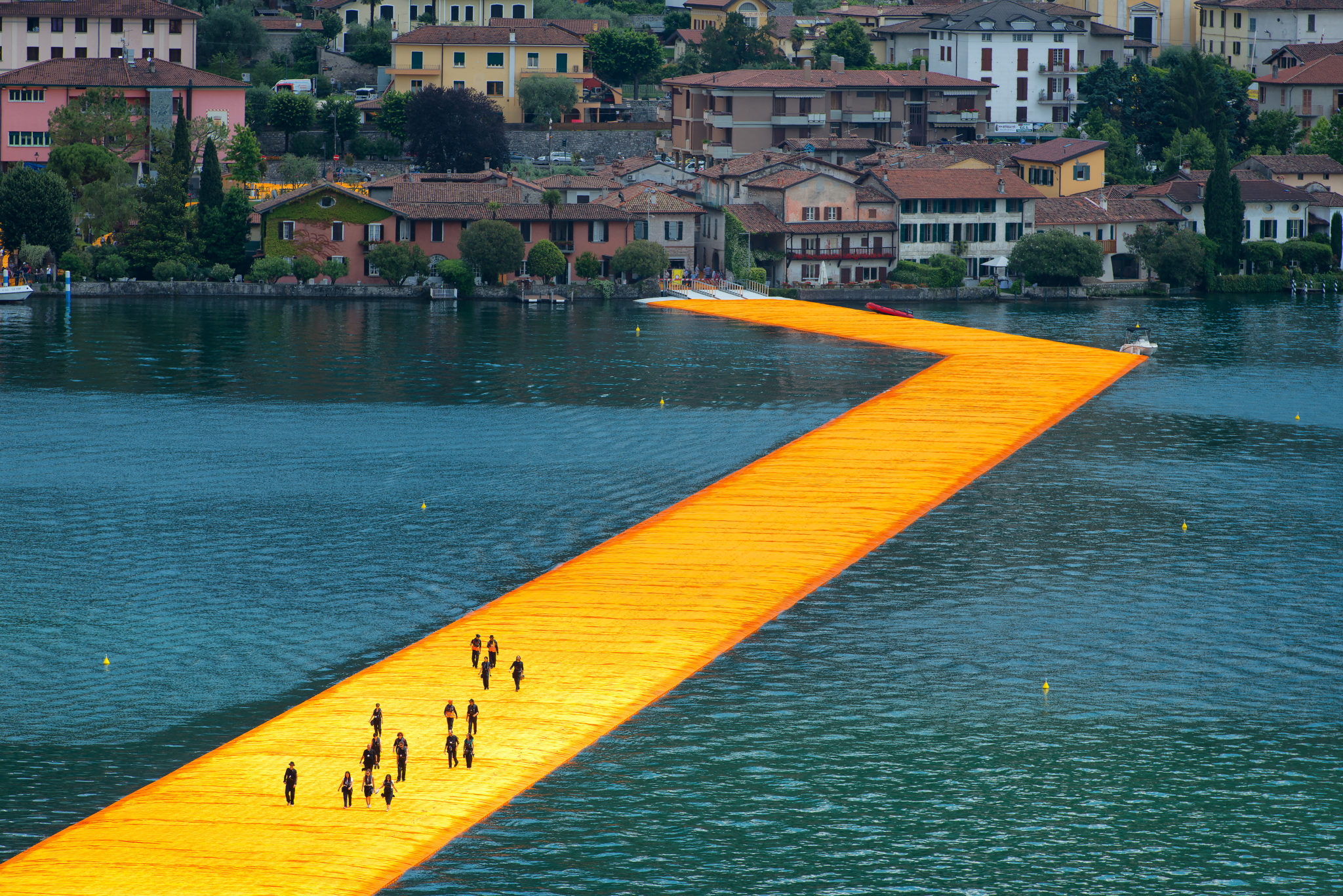
“The Floating Piers” was installed at Lake Iseo in Italy in 2016.
‘Surrounded Islands’
In 1983, during his sabbatical, Yust worked with Christo and Jeanne-Claude on their “Surrounded Islands” project, in which the artists lined the coasts of 11 islands in Biscayne Bay, Florida, with 200-foot-wide swaths of floating pink material.
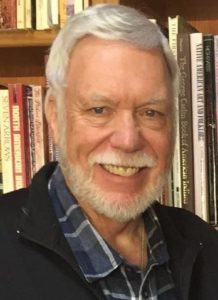
“It was laid out with the same precision as a major architectural project, like a shopping center,” Yust recalls, adding that the artists always ensured their pieces didn’t have a detrimental impact on the environment. In fact, he says, after investigating whether “Surrounded Islands” would have a negative effect on manatees in Biscayne Bay, the team discovered that the marine animals actually were attracted to the shade provided by the material. And he said those who worked on the installation picked up about 48 tons of trash from the islands. The garbage had been left by visitors since the 1930s, when dredging by the U.S. Army Corps of Engineers created the islands.
In 1985, during a sabbatical of his own, Jacobs and his wife accompanied Christo and Jeanne-Claude to Paris for the installation of “The Pont Neuf Wrapped,” which involved covering the city’s oldest bridge in fabric.
“We got to ride around on boats and barges with them, and had full access to the project,” Jacobs remembers. “It was a really wonderful experience. Christo and Jeanne-Claude never took any grants or donations for any of their projects. All were self-funded.”
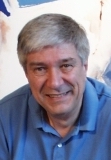
A Mozart analogy
The couple paid for their installations by selling Christo’s artwork, such as preliminary drawings and collages of the proposed projects.
“It would be like Mozart doing small compositions for wealthy people, and then saving that money to pay for major public performances,” Yust says. “And those would happen only after paying the musicians, ensuring that they would be excellent, and giving two weeks of free concerts to anyone who wanted to listen.”
Yust also worked with the artists on “The Gates,” a 2005 installation in New York City’s Central Park that featured about 7,500 gates with saffron-colored fabric panels hanging seven feet above the ground. Yust says that when the Maybach auto company offered Christo and Jeanne-Claude a free car and driver to use while in New York, the couple refused — until the company bought some of their artwork.
“It’s that very idealism that appeals to me so greatly,” Yust says. “It was never about lining their pockets. They would say that these projects were like raising a child — there is no monetary payback.”
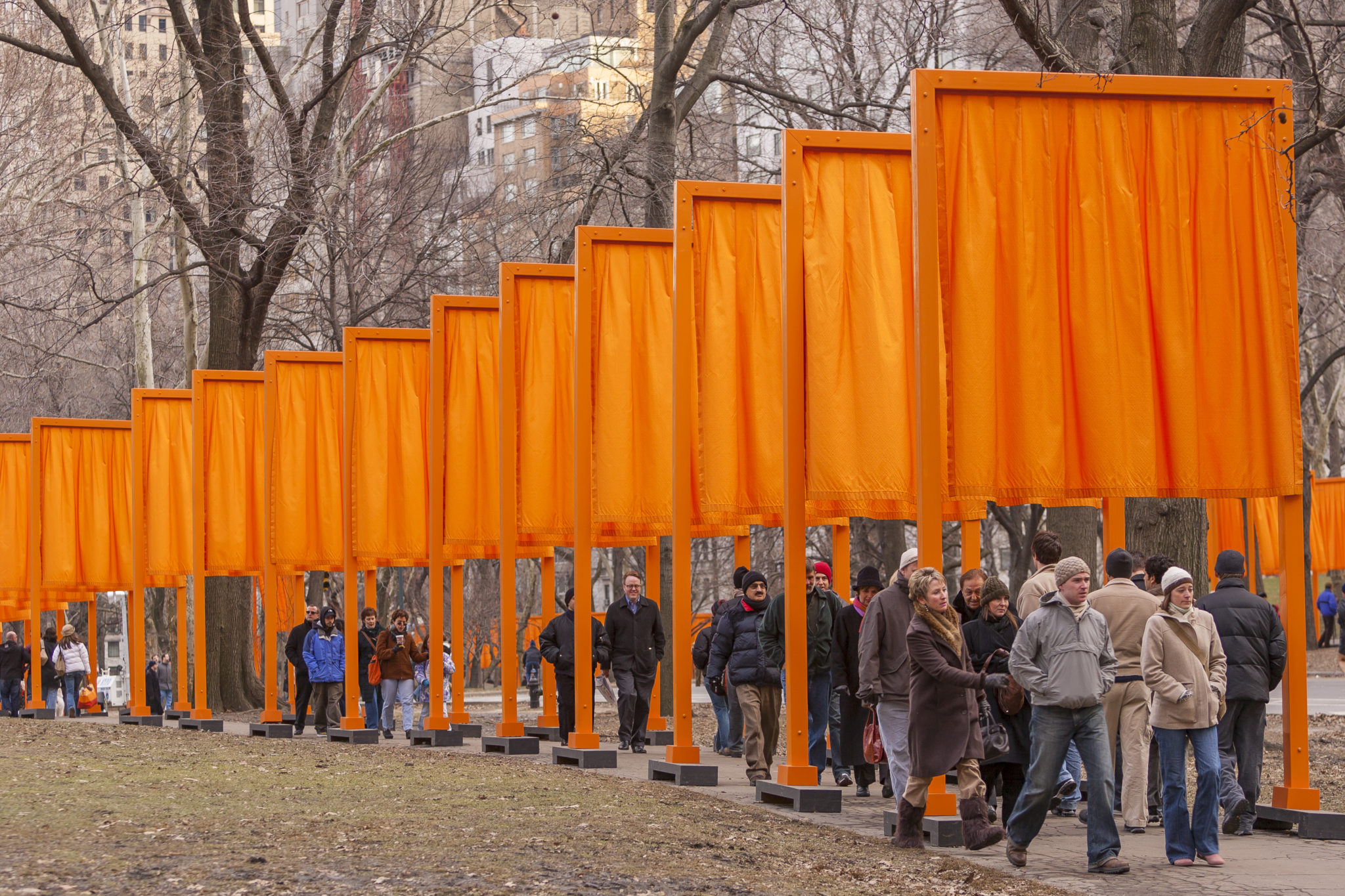
Christo and Jeanne-Claude’s 2005 project “The Gates” was installed in New York City’s Central Park.
‘Healing process’
For “The Gates,” Yust acted as a monitor, answering questions from visitors, making sure nothing was vandalized, handing out sample swaths of the fabric used — and picking up trash.
“Several people commented to me that they’d never seen Central Park so clean,” Yust recalls, adding that all of the materials used in “The Gates” were recycled or repurposed. “It was a glorious thing to be there. It was so incredibly important, because it felt like it signaled the healing process in New York after 9/11.”
Yust and Manfred Enssle, a CSU professor emeritus of history, were also on hand for the 1995 project “Wrapped Reichstag” in Berlin.
Jeanne-Claude died in 2009. One of Jacobs’ lasting memories of the artists, who were both born on June 13, 1935, is the close relationship they had.
“They were absolutely in love — they were inseparable,” he says. “But they always flew on separate planes. They’d say, ‘We were born on the same day, but we’re not going to die on the same day.’”
Yust concluded by quoting Christo: “The worst thing that can happen to any artist is that no one cares about their work.”
